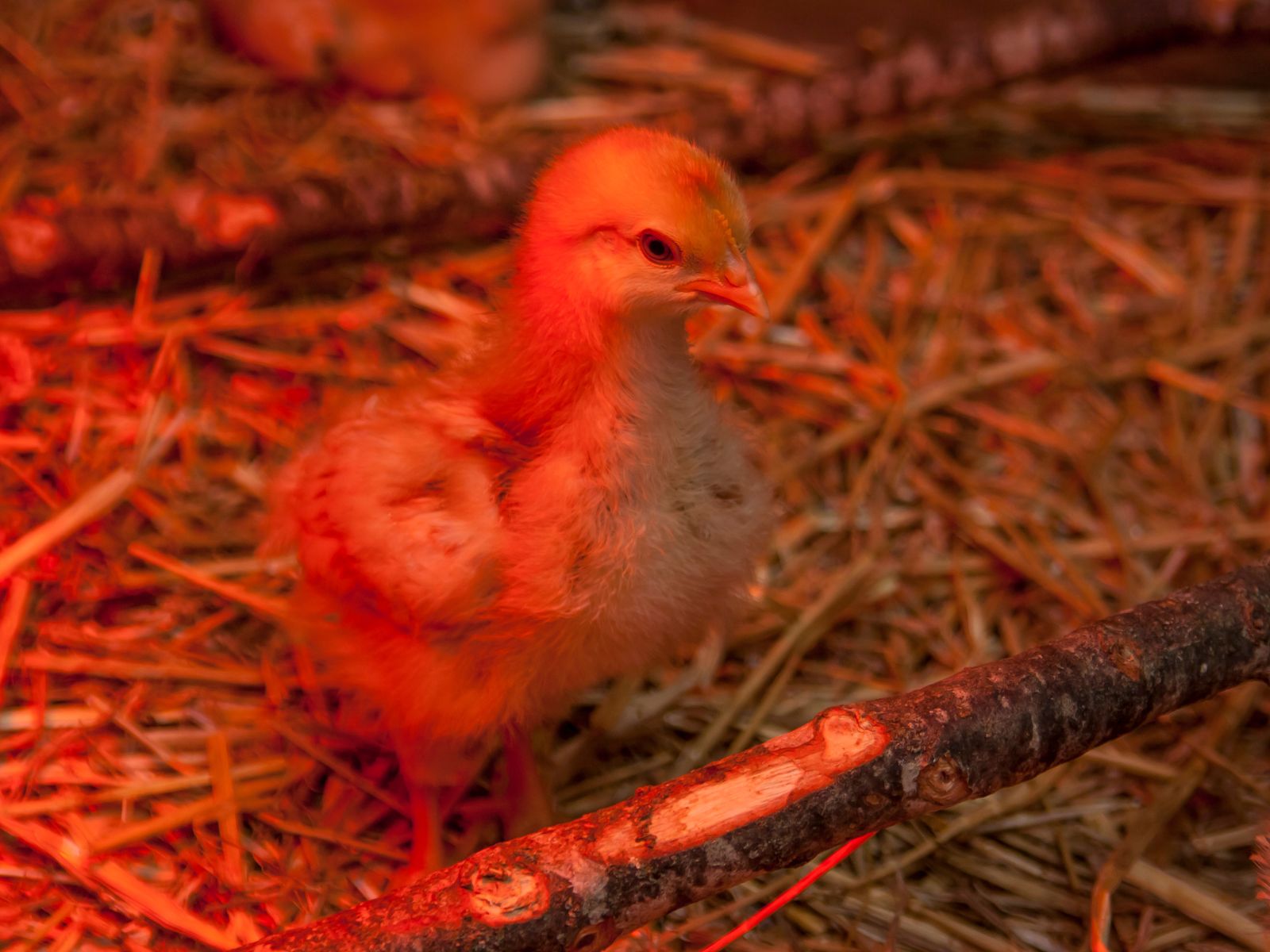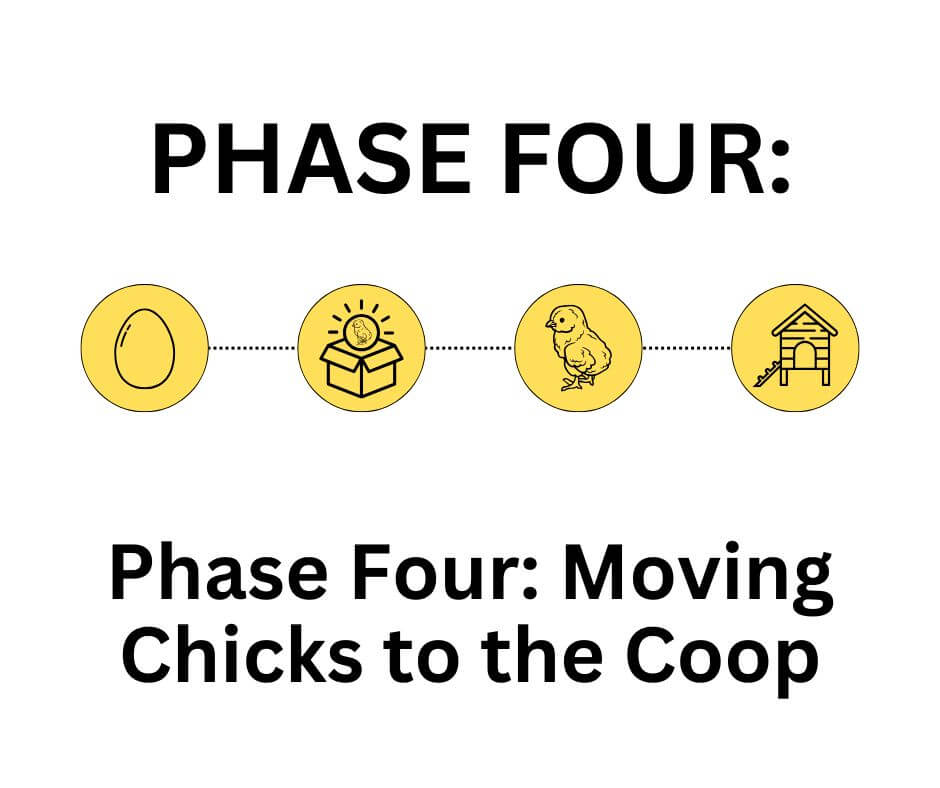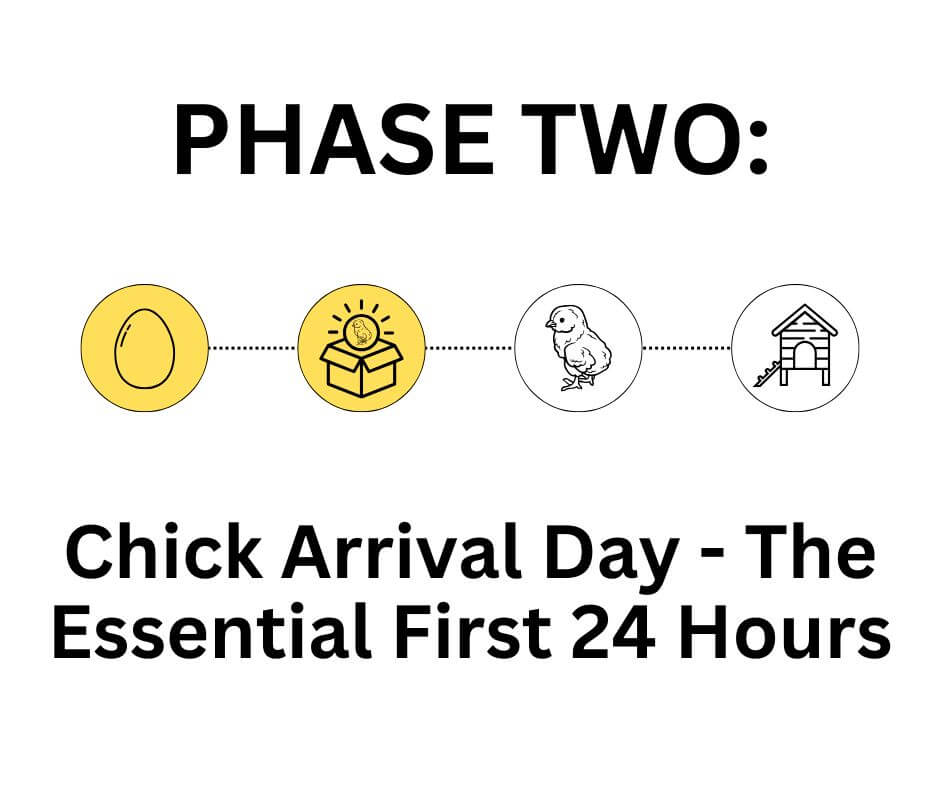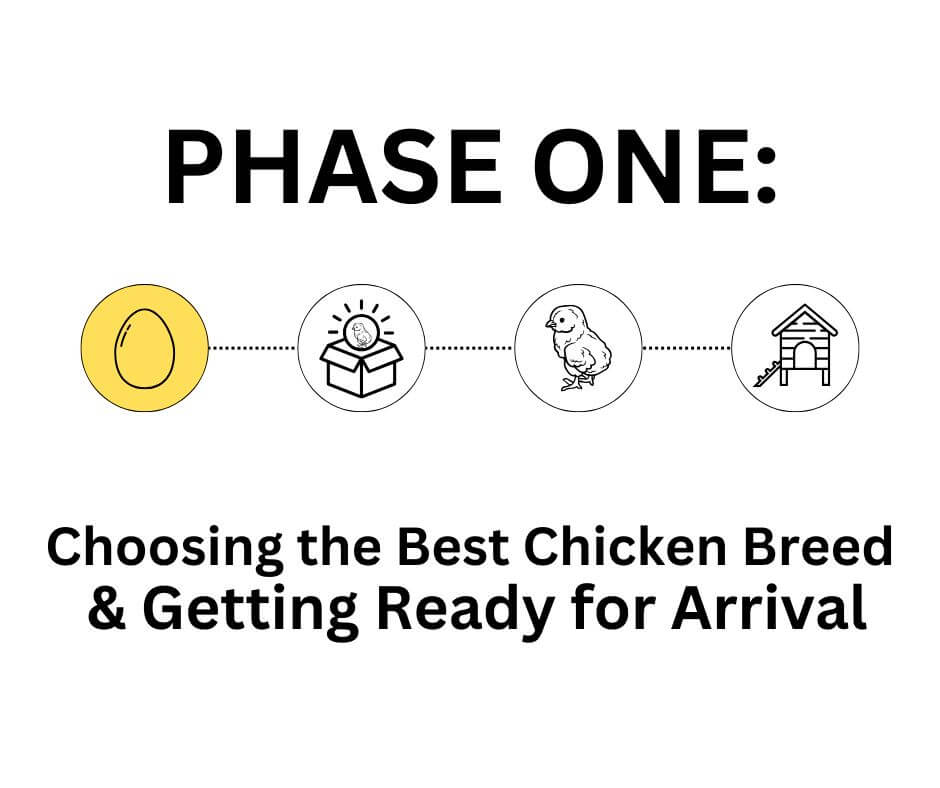Table of Contents
How to Raise Baby Chicks
Phase 3: Keep a close watch on your chicks—they grow quickly!
Congratulations on making it this far! Your chicks should be settling into their brooder, happily chirping as they adjust to their new environment. The first 4-6 weeks, known as the brooding period, are crucial for their development and require careful attention. In this phase of our guide, you'll learn to how raise baby chicks through brooder management, socialization, and preparing them for life outdoors. With the right care and attention, you’ll raise healthy chicks and ensure a smooth transition from the brooder to adulthood.
Brooder Management 
Proper brooder management ensures your chicks stay warm, clean, and stress-free during their first few weeks. Since they cannot regulate their body temperature, monitoring their heat levels and behavior is essential for healthy growth. Paying attention to how your chicks react—huddling together if too cold or spreading away from the heat if too warm—will help you adjust their environment as needed.
Maintaining proper temperature and cleanliness will support strong, healthy development and prepare your chicks for a smooth transition to the coop. To prevent waste buildup and keep the brooder hygienic, replace bedding every 2-3 days and ensure their feed and water remain clean. While chicks are less messy than ducklings, they can still spill food and water in their small space. Raising their feeders and waterers slightly off the brooder floor helps reduce contamination and keeps their environment fresher for longer
Brooder Temperatures as Chicks Grow:
Week One: Maintain a temperature of 95°F (35°C) at chick level.
Week Two Onward: Gradually reduce the temperature by 5°F each week until chicks are fully feathered (around 4-6 weeks old). If adjusting the temperature directly isn't possible, try raising or repositioning the heat lamp slightly each week to create a natural decrease in warmth.
Behavior Cues:
Huddling together? They’re too cold.
Spreading away from the heat? It’s too warm.
Moving around evenly? The temperature is just right.
Socialization & Chick Handling
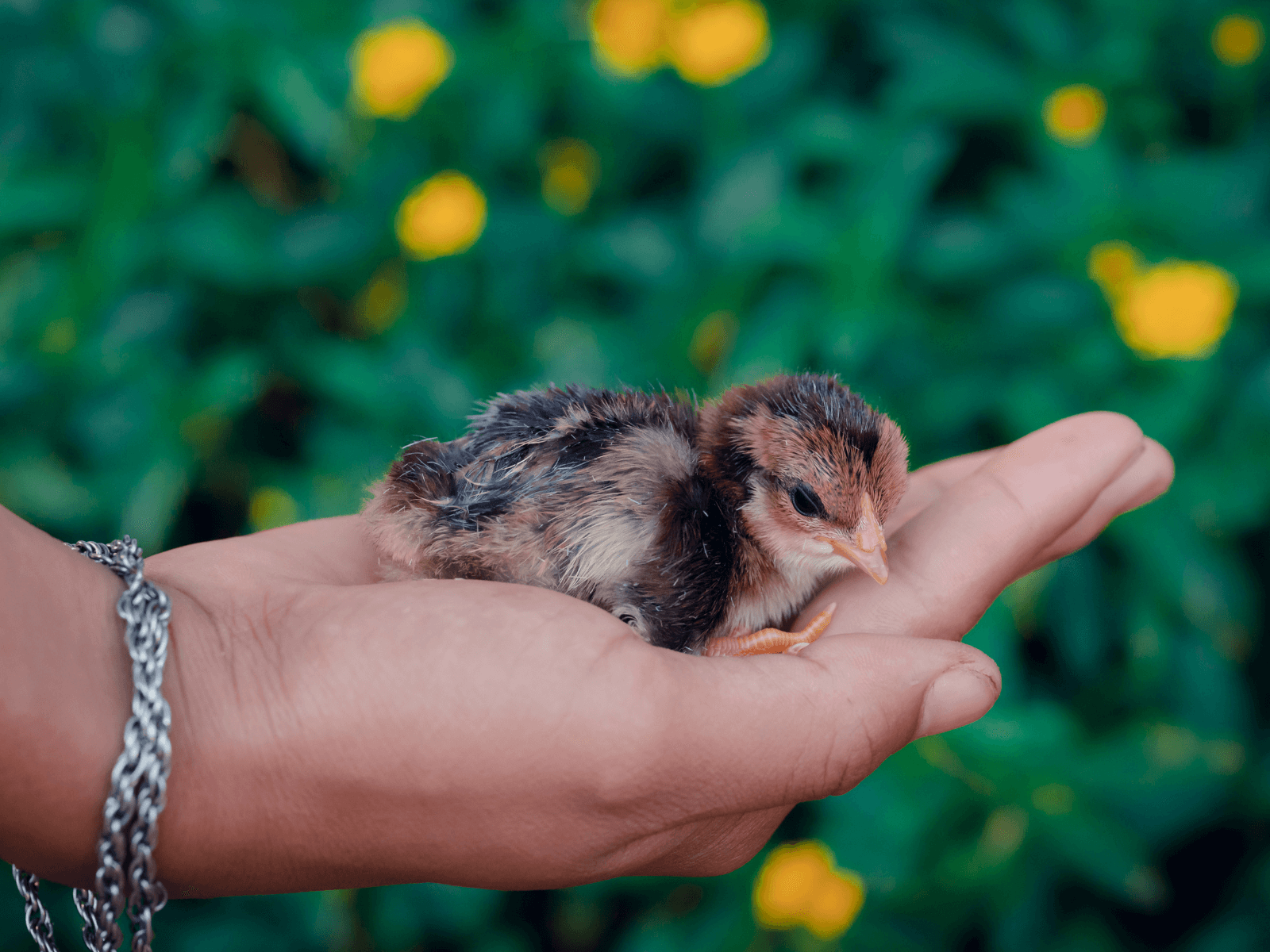
We understand that not everyone is looking to have a lap-dog type of chicken, but keep in mind that they are smart birds – they can recognize faces and even remember your voice! A little interaction early on helps establish that recognition and builds a bond that makes handling and care easier as they grow. When you raise baby chicks, you'll quickly discover it's a hands-on journey—but one that will naturally build your confidence and skills as a chicken owner.
Introduction to the Outdoors
Once chicks reach at least three weeks old and the weather is mild, you can start taking them outside for short, supervised periods. This gradual exposure helps them adjust to natural light, fresh air, and temperature changes before transitioning to the coop. Placing them in a fenced area with soft grass allows them to explore safely and practice natural behaviors like pecking and scratching. Gradually increase their outdoor time over 1-2 weeks, allowing them to adjust to natural conditions. Always ensure they are in a predator-proof space, even when supervised, to keep them safe from potential threats. Providing shade and fresh water will help keep them comfortable and prevent overheating during their time outside.
You may have to wait longer than the six week mark if the temperatures are still frigid. If you live in a cold climate, you can take them out of their brooder to explore another space (even if that is indoors), allowing them to get stimulation and be familiar with noise and humans. The rule of thumb is to remove supplemental heat at the six week mark, as fully feathered chicks and can tolerate cooler temperatures. Birds can easily tolerate outdoors if the temperatures into the 50's at this age, and cold-tolerant breeds can tolerate temperatures into the 40's.
Your Chicks will soon be Chickens!

PHASE FOUR: Moving Chicks to the Coop: Timing and Smooth Transition
FAQs
How long should chicks stay in the brooder?
Chicks typically stay in the brooder for 4-6 weeks, or until they are fully feathered and can tolerate cooler temperatures. This may vary depending on breed and climate.
What temperature should my brooder be?
- Week 1: Maintain 95°F (35°C) at chick level.
- Week 2 Onward: Reduce the temperature by 5°F each week until they are fully feathered (around 4-6 weeks old).
When can I start handling my chicks?
Allow chicks to settle in for the first few days with minimal handling. After that, gently handle them for short periods to build trust. Always use both hands to scoop them up and avoid sudden movements.
How do I know when to stop using the heat lamp?
When chicks are fully feathered (usually by 6 weeks), they no longer need supplemental heat. Monitor their behavior and local temperatures before fully transitioning them to the coop.




